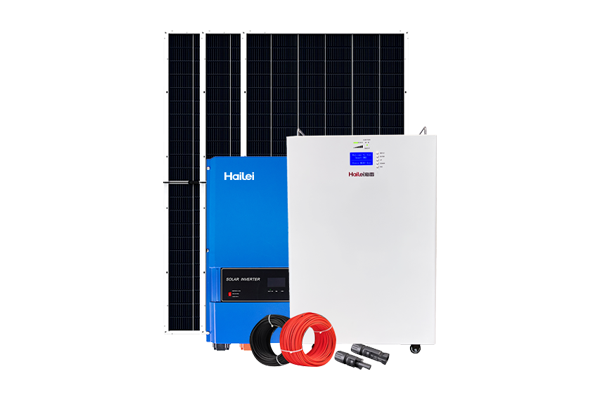Time:Dec 14, 2022 Views:540
From the perspective of current market usage, lithium cobalate is still the main cathode material for lithium ion batteries. In addition to its good structural stability and high energy density, it was first used in small battery fields such as portable electronic devices. In order to increase the battery capacitance of these portable electronic devices and reduce the material cost, the permeability of ternary materials in portable devices is expected to increase; In addition, with the explosion of lithium-ion batteries, the focus of research on cathode materials has shifted to safety development. Although the lithium manganate capacitance is low, its safety is high, which makes its penetration rate in the large lithium-ion battery or power lithium battery market increase year by year; As for lithium iron phosphate, compared with lithium manganese series, it has higher thermal stability and more advantages than lithium cobalt oxide in terms of cost, making the application of lithium iron phosphate and lithium manganese series in the future lithium ion battery market highly anticipated. According to the distribution of global market share and the current situation of production regions, although Korean and Chinese mainland manufacturers have actively invested in the manufacture of cathode materials in recent years, Japanese manufacturers will still be an important source of supply of cathode materials for lithium-ion batteries worldwide until the quality of materials has not been widely trusted by battery manufacturers in the industry. From another perspective, does a material have potential for application and development? In addition to focusing on its advantages, it is more critical whether the material has fundamental defects. Due to the lack of cobalt resources, the high cost of nickel and cobalt and the large price fluctuation, the nickel cobalt lithium manganate ternary material is generally considered to be difficult to become the mainstream of power lithium-ion batteries for electric vehicles, but it can be mixed with spinel lithium manganate within a certain range. In fact, lithium iron phosphate is generally selected as the cathode material of power lithium-ion batteries. Market analysts from the government, scientific research institutions, companies and even securities companies are optimistic about this material and regard it as the development direction of power lithium-ion batteries. According to the analysis of the reasons, there are two important points: First, due to the influence of the research and development direction in the United States, Valence and A123 Company in the United States first used lithium iron phosphate as the cathode material of ion batteries. Secondly, lithium manganate materials with good high temperature cycling and storage performance that can be used for power lithium-ion batteries have not been prepared in China. However, lithium iron phosphate also has fundamental defects that cannot be ignored, which are mainly restricted by the reduction to elemental iron at high temperature, compaction density, manufacturing cost, intellectual property rights and other defects. Therefore, the most promising cathode materials for power lithium-ion batteries are modified lithium manganate (LiMn2O4), lithium iron phosphate (LiFePO4) and lithium nickel cobalt manganate (NiCoMn)? Li (Ni, Co, Mn) O2 ternary material.


X

Appointment Experience